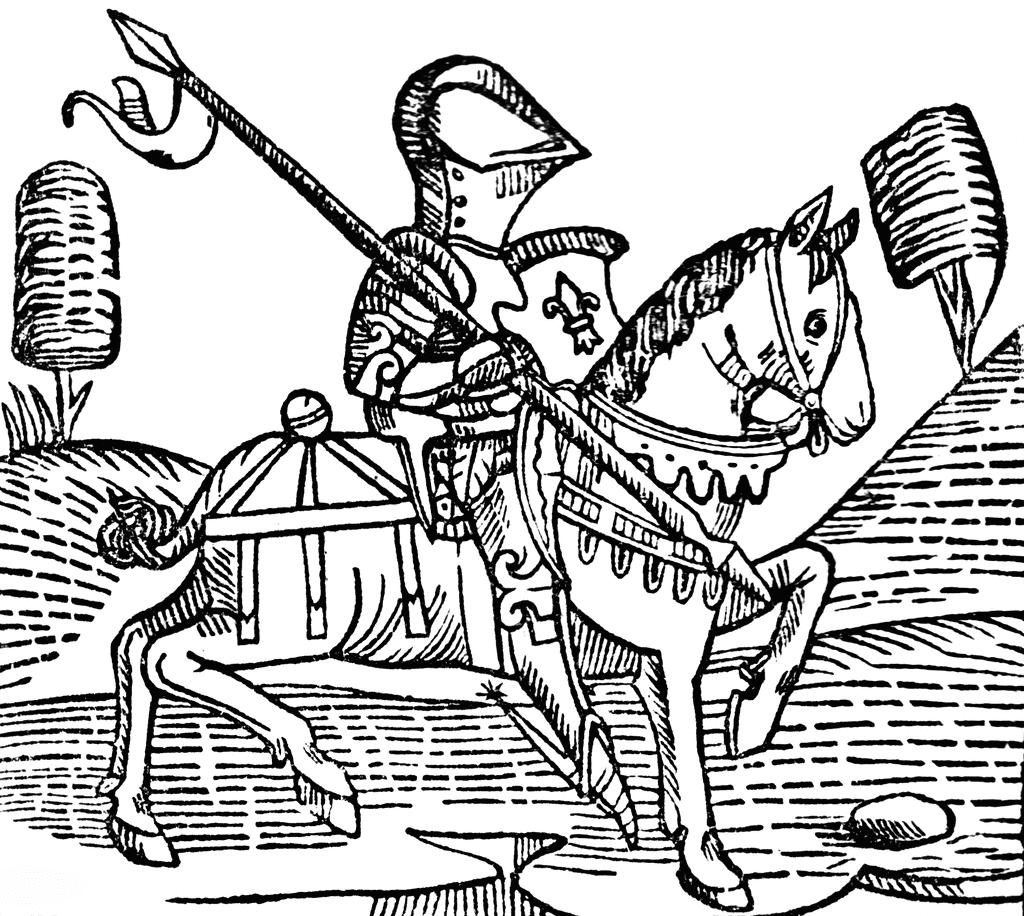Once in a while I do something I think might actually be useful.
These playbooks should greatly speed up chargen, especially for new or young players. Ask the player what kind of character they want to play, hand them the appropriate packet, and then answer any questions that come up. You should be done in about five minutes.
NOTES
They are mostly S&W Whitebox, but with bits of Holmes and OSR-gestalt. And I couldn't help but fiddle a smidge. It's a compulsion.
Some eccentricities from standard OD&D:
The S&W single Saving Throw and Ascending AC are used.
The demi-humans have different prime attributes. For no particular reason.
Fighters get Backgrounds based off of the "Backgrounds for Human Characters" sheet from Zenopus Archives.
The Turn Undead Table is replaced with Delta's alternate formulation.
Oh, and I gave Elves a slightly different spell list than MU's, and gave them a spell at first level (otherwise, it's a loooooooong slog through that first 4000 XP).
Equipment Packs are pretty much copy-and-pasted from Microlite20.
Heresy of heresies: to make the playbook thing work more smoothly, I imagine the players choosing their Class first, and then let them roll 4d6-chose-3 for their prime attribute. Everything else is 3d6-in-order, Crom be praised.
Oh, and I roll attribute checks against xd6 instead of d20.
Okay, that seems like a lot. I honestly tried to stay as close to the Platonic ideal of OD&D. But in case any of the above is a deal breaker for you, here is a blank Word doc playbook that you can edit to your heart's content. Or, you know, make up additional classes.
These playbooks should greatly speed up chargen, especially for new or young players. Ask the player what kind of character they want to play, hand them the appropriate packet, and then answer any questions that come up. You should be done in about five minutes.
They are mostly S&W Whitebox, but with bits of Holmes and OSR-gestalt. And I couldn't help but fiddle a smidge. It's a compulsion.
Some eccentricities from standard OD&D:
The S&W single Saving Throw and Ascending AC are used.
The demi-humans have different prime attributes. For no particular reason.
Fighters get Backgrounds based off of the "Backgrounds for Human Characters" sheet from Zenopus Archives.
The Turn Undead Table is replaced with Delta's alternate formulation.
Oh, and I gave Elves a slightly different spell list than MU's, and gave them a spell at first level (otherwise, it's a loooooooong slog through that first 4000 XP).
Equipment Packs are pretty much copy-and-pasted from Microlite20.
Heresy of heresies: to make the playbook thing work more smoothly, I imagine the players choosing their Class first, and then let them roll 4d6-chose-3 for their prime attribute. Everything else is 3d6-in-order, Crom be praised.
Oh, and I roll attribute checks against xd6 instead of d20.
Okay, that seems like a lot. I honestly tried to stay as close to the Platonic ideal of OD&D. But in case any of the above is a deal breaker for you, here is a blank Word doc playbook that you can edit to your heart's content. Or, you know, make up additional classes.

Comments
Post a Comment